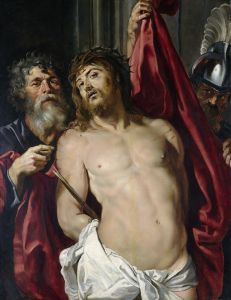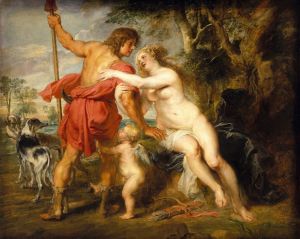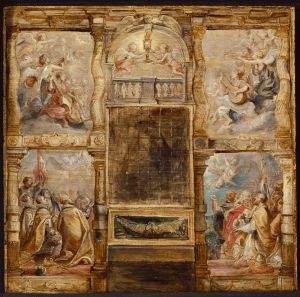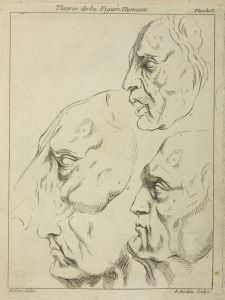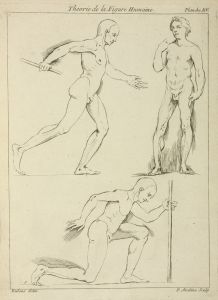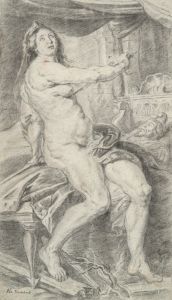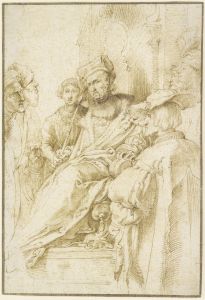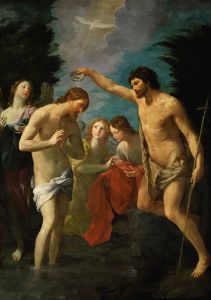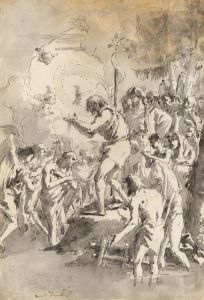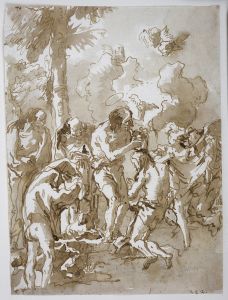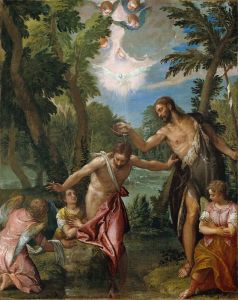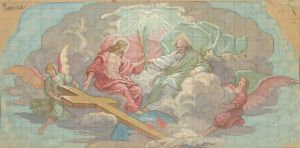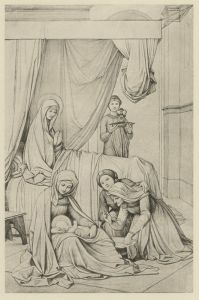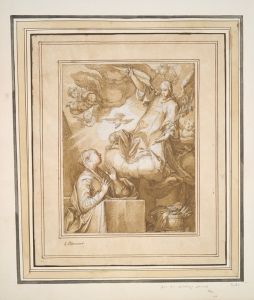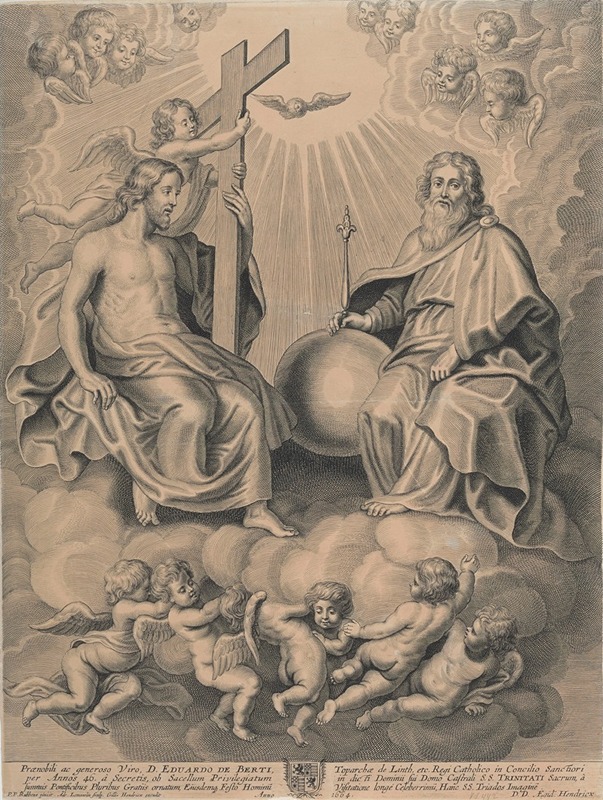
The Holy Trinity
A hand-painted replica of Peter Paul Rubens’s masterpiece The Holy Trinity, meticulously crafted by professional artists to capture the true essence of the original. Each piece is created with museum-quality canvas and rare mineral pigments, carefully painted by experienced artists with delicate brushstrokes and rich, layered colors to perfectly recreate the texture of the original artwork. Unlike machine-printed reproductions, this hand-painted version brings the painting to life, infused with the artist’s emotions and skill in every stroke. Whether for personal collection or home decoration, it instantly elevates the artistic atmosphere of any space.
Peter Paul Rubens, a prominent Flemish Baroque painter, is renowned for his dynamic compositions and vibrant use of color. Among his extensive oeuvre, "The Holy Trinity" stands out as a significant religious work. This painting exemplifies Rubens' mastery in depicting complex theological themes with emotional depth and artistic finesse.
"The Holy Trinity" by Rubens is a depiction of one of the central mysteries of Christian theology: the unity of Father, Son, and Holy Spirit as three persons in one God. In this painting, Rubens captures the divine relationship with a composition that is both harmonious and dramatic. The painting typically features God the Father, Jesus Christ the Son, and the Holy Spirit, often represented as a dove, in a celestial setting. Rubens' interpretation is marked by his ability to convey the spiritual and divine through human forms and expressions.
Rubens' work is characterized by its dynamic movement and vivid color palette, which are evident in "The Holy Trinity." The figures are often portrayed with a sense of grandeur and majesty, reflecting the divine nature of the subject. Rubens employs a rich use of color and light to create a sense of depth and to highlight the divine presence in the painting. The use of chiaroscuro, a technique that contrasts light and shadow, adds to the dramatic effect and enhances the spiritual atmosphere of the scene.
The composition of "The Holy Trinity" is carefully structured to guide the viewer's eye through the painting. Rubens often places God the Father in a position of authority, with Jesus Christ depicted in a manner that emphasizes his role as the Savior. The Holy Spirit, symbolized by a dove, is usually positioned to signify its presence and connection to both the Father and the Son. This arrangement not only reflects theological concepts but also demonstrates Rubens' skill in creating a balanced and cohesive composition.
Rubens' ability to convey emotion is evident in the expressions and gestures of the figures in "The Holy Trinity." The painting captures a sense of reverence and awe, inviting viewers to contemplate the mystery of the Trinity. The figures are often depicted with a sense of movement, suggesting the dynamic and living nature of the divine relationship.
"The Holy Trinity" by Peter Paul Rubens is a testament to his artistic genius and his deep understanding of religious themes. Through his use of color, composition, and emotional expression, Rubens creates a work that is both visually stunning and spiritually profound. This painting not only reflects the theological beliefs of the time but also showcases Rubens' ability to translate complex ideas into compelling visual narratives.





